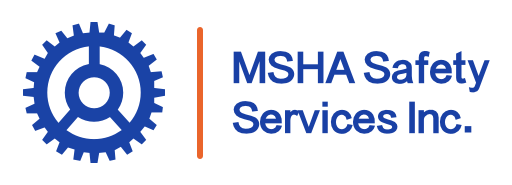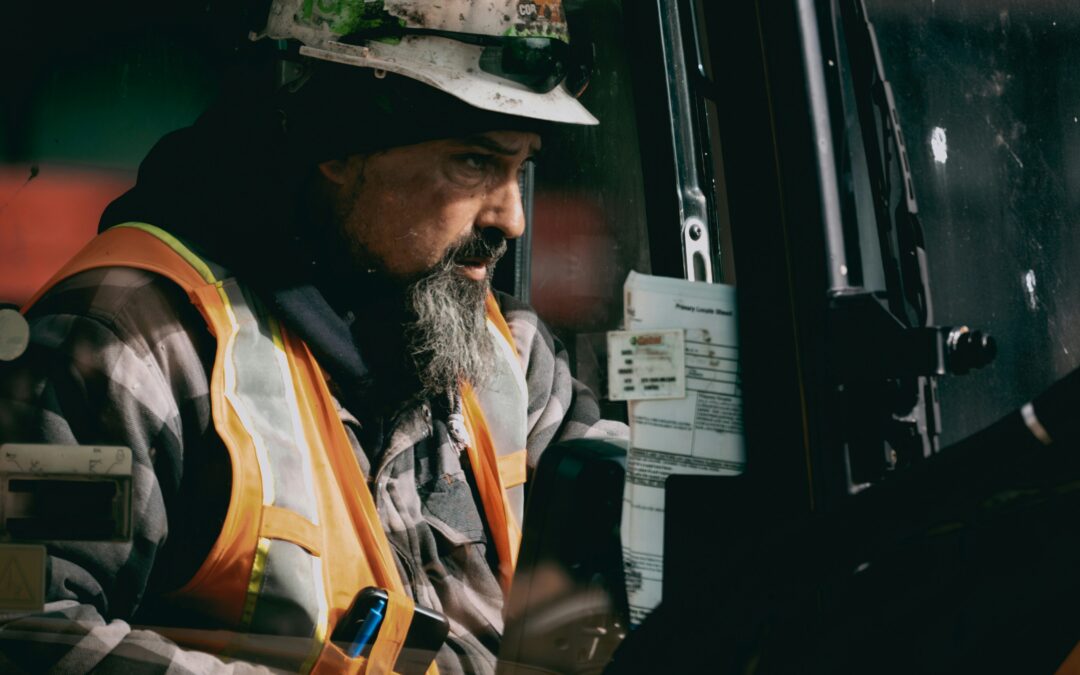Towing equipment in mining operations presents a unique set of hazards that demand strict attention, planning, and adherence to safety protocols. Whether in open-pit or underground settings, the risks associated with moving heavy machinery are amplified by challenging terrain, weather conditions, and the sheer scale of equipment involved. Managing the risks of towing equipment in mining operations is not just a matter of logistical efficiency—it’s an important safety imperative. This article explores the environmental, technical, and human factors that contribute to towing-related incidents and offers strategies to mitigate them. From understanding rigging practices to the importance of blocking and securing equipment, the goal is to help mining professionals create safer towing procedures that prevent injuries, fatalities, and costly downtime.
Understanding the Unique Towing Risks in Mining Environments
Towing heavy equipment in mining operations is far from a routine task. Unlike towing vehicles on a paved road, mining environments present a set of high-risk variables, including unstable terrain, limited visibility, and oversized machinery. Every tow must be approached with detailed planning and a deep understanding of site-specific risks. Managing the risks of towing equipment in mining operations begins with recognizing that towing in mines requires a specialized mindset, protocols, and trained personnel.
Environmental and Operational Challenges in Towing: Open-Pit vs. Underground Mines
Different types of mines bring their own challenges. Open-pit mines have steep slopes, loose gravel, and dynamic weather patterns, while underground mines present confined spaces, limited escape routes, and ventilation concerns. Towing equipment in either setting demands tailored approaches. For example, open-pit tows must consider gradient traction, while underground operations may require compact, low-profile towing rigs. The ability to adapt towing strategies based on the mine type is essential to safe and effective execution.
How Terrain and Weather Impact Towing Safety in Mining
Weather and terrain are two of the most unpredictable risk factors in mining towing operations. Wet or icy surfaces can significantly reduce traction and increase the risk of rollovers or uncontrolled descents. Uneven terrain—especially with hidden voids or rocks—can compromise towing stability. Before any tow, site supervisors should conduct visual inspections and adjust towing routes accordingly. Equipment must be matched to conditions—high-torque tow vehicles, chains, and reinforced hitches are often required to ensure control.
Risk Assessment Strategies for Towing Operations on Mine Sites
An effective risk assessment is essential before any towing activity begins. Teams should evaluate:
- The weight and condition of the equipment being towed
- The capability and readiness of the tow vehicle
- Ground stability and topography
- Traffic conditions and active zones
- Weather patterns
Assessments should be documented and reviewed with all team members involved in the tow. Using risk matrices or checklists can help identify hazards early, prioritize actions, and assign responsibilities. Pre-tow planning saves time, money, and lives.
Engineering Solutions and Rigging Practices to Improve Towing Safety
The mining industry continues to develop engineering solutions and rigging practices to improve towing safety. These include adjustable tow bars for varying equipment types, anti-sway devices, and remote-controlled recovery units. Advances in tow hitch design now include automatic locking mechanisms to reduce human error. Rigging practices have also improved with the standard use of load-rated shackles, snatch blocks, and tension meters that help distribute loads evenly. Proper rigging reduces stress on towing gear, decreases the chance of mechanical failure, and enhances overall safety.
Towing Safety: Preventing Accidents with Proper Rigging
Rigging is the foundation of any safe towing operation. It involves selecting the right cables, hooks, and anchor points to ensure secure load attachment. Improper rigging—such as using undersized chains or frayed cables—can result in catastrophic failure. Always match the working load limit (WLL) of your rigging components to the task at hand. Reinforce the importance of staying out of the “line of fire” where snapbacks could occur. Proper rigging protects both the operator and the equipment.
Best Practices for Towing Disabled Equipment in Mines
Towing disabled equipment adds complexity to the operation. Always stabilize the vehicle before attempting a tow. Disable power systems, engage parking brakes if functional, and remove loose parts. Identify and mark tow points that are safe to use—never attach chains or cables to steering components, axles, or non-load-bearing areas. Escort vehicles and spotters should be used during transport, and radio communication should be maintained at all times.
Important Final Steps: Blocking and Securing Equipment to Prevent Fatalities
One of the most overlooked actions is blocking and securing equipment to prevent fatalities. Once the equipment has been towed to a designated area, it must be stabilized to prevent rolling, tipping, or unintended movement. Chocking the wheels, cribbing under raised elements, and applying mechanical locks are all essential. A tow isn’t complete until the equipment is properly blocked, secured, and verified by a competent person. Neglecting these final steps has led to many preventable fatalities in mining.
Training and Competency Requirements for Towing Personnel
All personnel involved in towing operations should receive thorough training in towing procedures, hazard identification, and emergency response. Operators must be certified to handle specific types of tow equipment. Refresher training should be conducted annually, and competency assessments should be documented. Everyone involved—from the tow truck driver to the ground spotter—should know their role and execute it with precision.
The Role of Communication in Safe Towing Operations
Clear communication prevents accidents. Establish pre-tow meetings to discuss the route, signals, and emergency procedures. Use radios or other reliable communication tools during the tow. If line-of-sight is lost, halt operations until clarity is restored. Always use hand signals in noisy environments and designate a primary spotter to relay information to the operator. The smoother the communication, the safer the tow.
Incident Reports: What Mining Towing Accidents Can Teach Us
Learning from past incidents is key to continuous improvement. Review of towing accident reports often reveals patterns such as:
- Use of damaged rigging gear
- Failure to block equipment post-tow
- Lack of proper training or supervision
- Poor route planning
Sharing these insights in toolbox talks or training sessions builds awareness and prevents repeat mistakes. Encourage teams to report near-misses and document lessons learned to inform future protocols.

Compliance with MSHA and Industry Standards for Safe Towing
The Mine Safety and Health Administration (MSHA) provides clear guidance for equipment towing under 30 CFR Part 56 and 57. These regulations cover towing methods, rigging requirements, and worker protections. Non-compliance can result in fines, injuries, or fatalities. Always follow MSHA checklists, record inspections, and ensure documentation is accessible. Industry organizations like American National Standards Institute (ANSI) and International Organization for Standardization (ISO) also publish standards that support best practices.
Prioritizing Safety in Every Towing Operation
At the end of the day, towing safety is about culture. When teams prioritize safety, invest in training, and adhere to proper procedures, accidents become rare exceptions. From the initial rigging setup to the final blocking of a load, every step matters. Managing the risks of towing equipment in mining operations is not just about compliance—it’s about protecting lives, preserving equipment, and keeping operations running smoothly.

